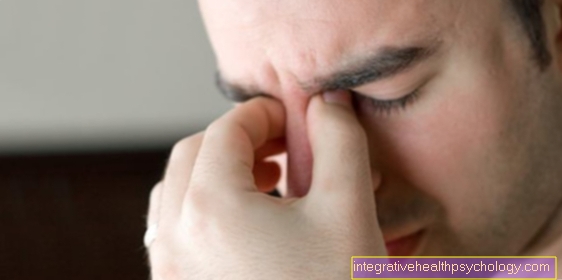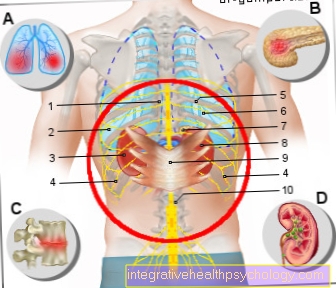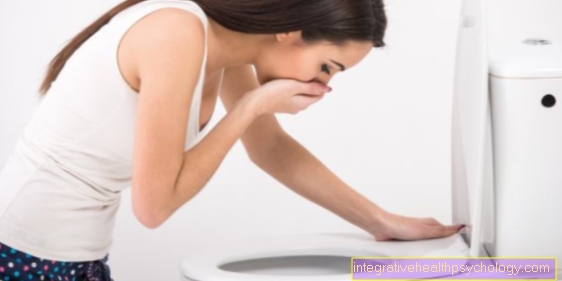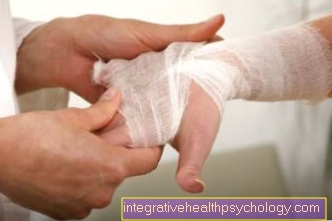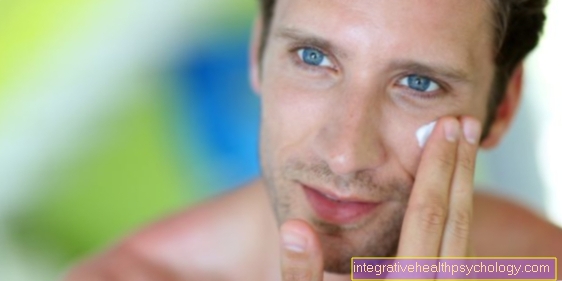What to do with dry eyes
Investigations
Treatment of dry eyes begins with an examination by an ophthalmologist. There are various examination methods that are suitable for making a diagnosis:
- Examination with the slit lamp
Here, the ophthalmologist can particularly see cloudiness of the cornea and reddening of the conjunctiva. In order to also find minor corneal damage, the doctor puts eye drops with the dye they contain in the eyes and then examines them under a bluish light. Small corneal defects and dead cells then become fluorescent.
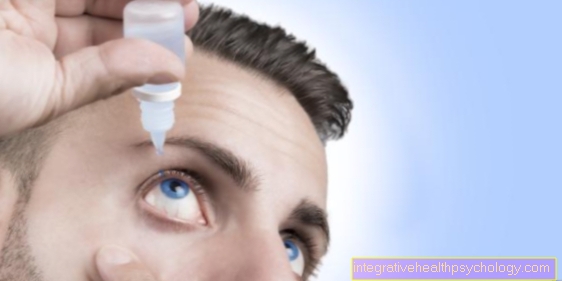
- Break Up time
Of the dye also helps with that Tear film stability to judge on the surface of the eye. The so-called "Break Up Time (BUT)" is determined for this, also "Tear film break-up time" called. Of the Tear film is so more stable, ever longer this Tear-open time of Tear film amounts. This is assessed with the eye open and stands for the time that elapses from the last blink of an eye until the tear film torn by the dye. It is with healthy eye at about 20 seconds.
- Schirmer test
Another way to assess a possible dry eyes is the so-called Schirmer test. Be for this small strips of filter paper in the Lower eyelids both eyes hung. For 5 minutes these streaks are left in the eyes and meanwhile soak up with tear fluid. At the healthy eye is the length the humidified route at least 10mm, while values below this speak for a dry eye.
Treatment of Symptoms
The symptoms of dry eyes are mainly treated with artificial tears in the form of eye drops. These replace the insufficient natural tear film to the extent that the cornea and conjunctiva are protected from damage.
A number of possible eye drops for dry eyes are available, the main ingredient of which is a thickening agent, such as hyaluronic acid, which ensures that the tear substitute is not immediately rinsed off the eye and flows away. Other ingredients regulate the pH value, the salt content and adapt the values to the natural tear film.
Often different products have to be tested before the optimal product can be found for the individual sensations, since the effectiveness and tolerance can vary from person to person. An example of basically well tolerated eye drops that are purely herbal are the Euphrasia eye drops.
Allergies to preservatives or other ingredients in tear substitutes are rarely reported.
A habituation effect can, however, be ruled out and so your own tear production is not negatively influenced by the regular use of tear substitutes.
Particularly with frequent use (more than 5-6 times a day), sensitive eyes or the wearing of contact lenses, it is advisable to use preservative-free products, as these are particularly gentle on the eyes and the material of the contact lenses.
Treatment of the causes
The Find out the causal reasons for the Wetting disturbance of the eyes can be very difficult and time consuming. And even if the underlying causes have been identified, they cannot always be eliminated.
On exogenous causes, such as to low fluid intake or to dry room air can influence relatively easily are those of coming inside (“Endogenous”) causes more difficult to treat.
So put dry eyes partially one side effect on certain Medication which, however, are necessary and must continue to be taken. Also diseases like rheumatism can usually only be partially treated, but bring dry eyes often as Concomitant symptoms with himself. A complete cure and thus the elimination of dry eyes is then not possible here and tear substitutes in the form of eye drop and gels have to be used.
New discoveries have shown that there is one positive influence of diet and specific micronutrients on the inflammation process, the quality and the amount of the tear film. Here stand above all Omega 3- and Omega-6 fatty acids in the centre. These are then in the body anti-inflammatory messengers transformed. These fatty acids have to be ingested with food and need additional nutrients in order to be able to develop their effect in the body. These include the Vitamins C and Vitamins E.who support the oxidative stress of the inflammatory process at the Cornea to reduce, and that Trace element zincwhich is involved in most of the metabolic processes in the body. In addition, certain support B vitamins the joint action of unsaturated fatty acids.
Eye fitness
There are a few Exercisesthat relieve the eye and for one increased tear production can worry.
Example exercise:
1. One Freeze the objectthat is roughly 10 cm away is located (e.g. your own thumb held up)
2. One Focus on the subjectwho is about 6 m away and try to see it in focus.
3. Then the sharp vision on the more distant object to solve and up "dreamy“ Distant view to adjust.
4. Then look back at the roughly 6 m away object focus.
5. Now the 10 cm away focus (e.g. thumb).
6. Finally the eyes with quick and easy Relax blinking movements.
More tips on what to do!
- Sufficient fluid intake (at least 2 liters per day)
- Regular ventilation the interiors, possibly additional room humidifiers
- Do not point the blower at your face in a car or airplane
- Eyes with safety goggles also at Outdoor activities protect from drafts
- Reading, screen work and television regularly by Breaks and conscious frequent blinking interrupt
- Reduce alcohol consumption
- Reduce nicotine consumption
- Before going to bed carefully Take off your eyes
- regular checkups at the ophthalmologist
- at Feeling of dryness Support the eyes with artificial tears
- balanced and varied dietwhich is rich in omega-3 and omega-6 essential fatty acids
Related topics
More information on this topic:
- Main topic: Dry eyes
- You are here: Dry eyes what to do
- Dry eyes in the morning
- Dry eyes after LASIK
- Dry eye symptoms
You will also find a lot of information on related topics:
- Ophthalmology
- eye
- eye bags
- Eye infection
- Corneal inflammation
- Corneal opacity
- Reddened eyes - what helps?
- Remove bags under the eyes
A list of all the topics related to ophthalmology that we have already published can be found at: Ophthalmology A-Z

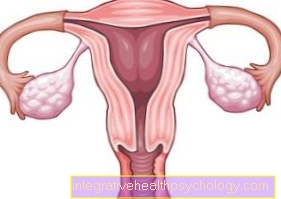

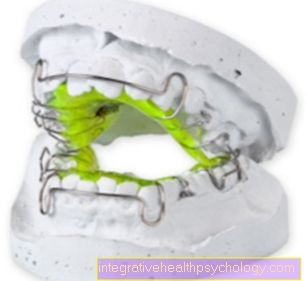

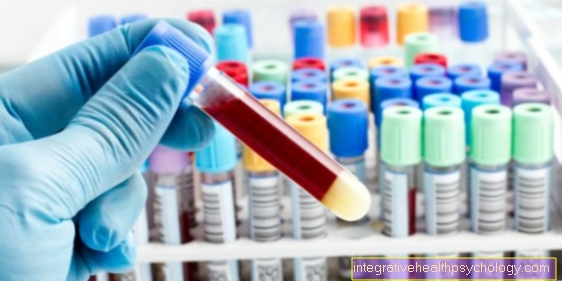
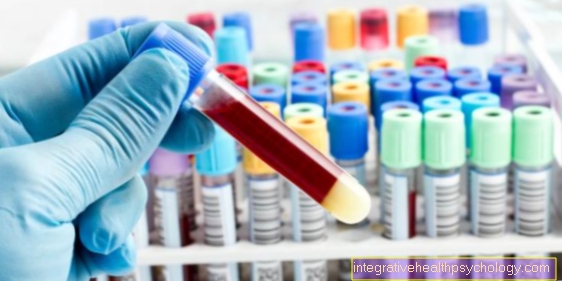


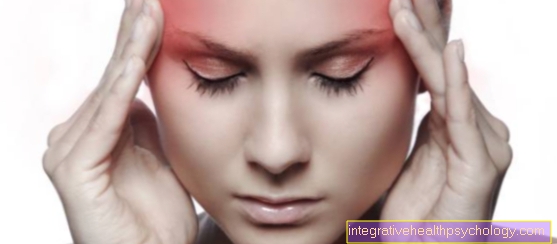
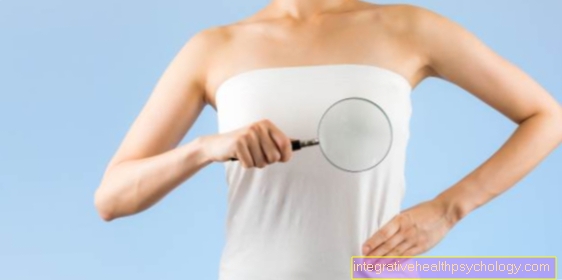



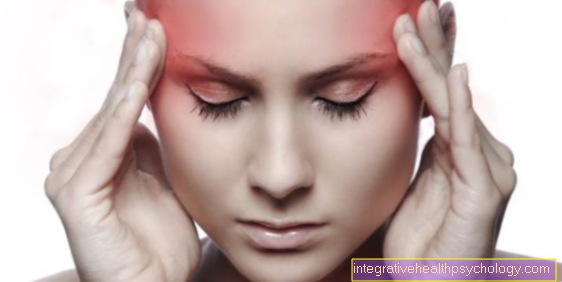


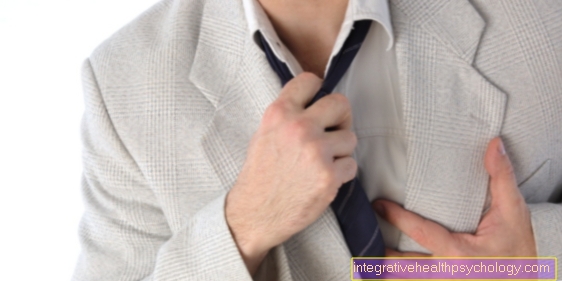

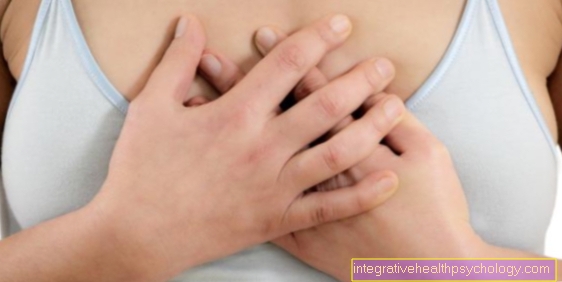
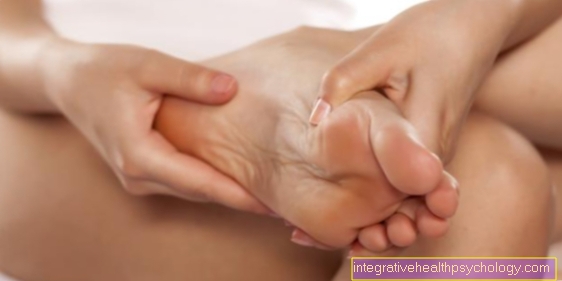
.jpg)
